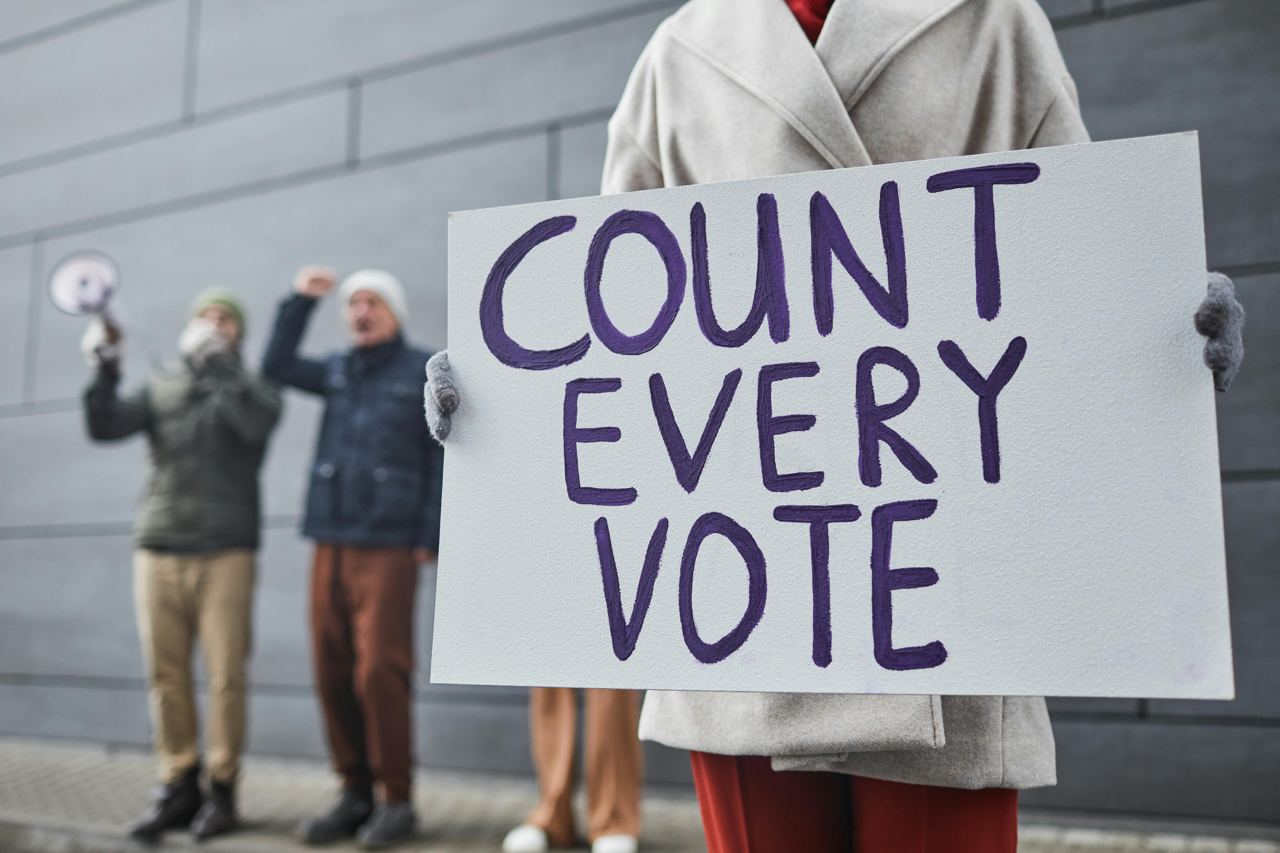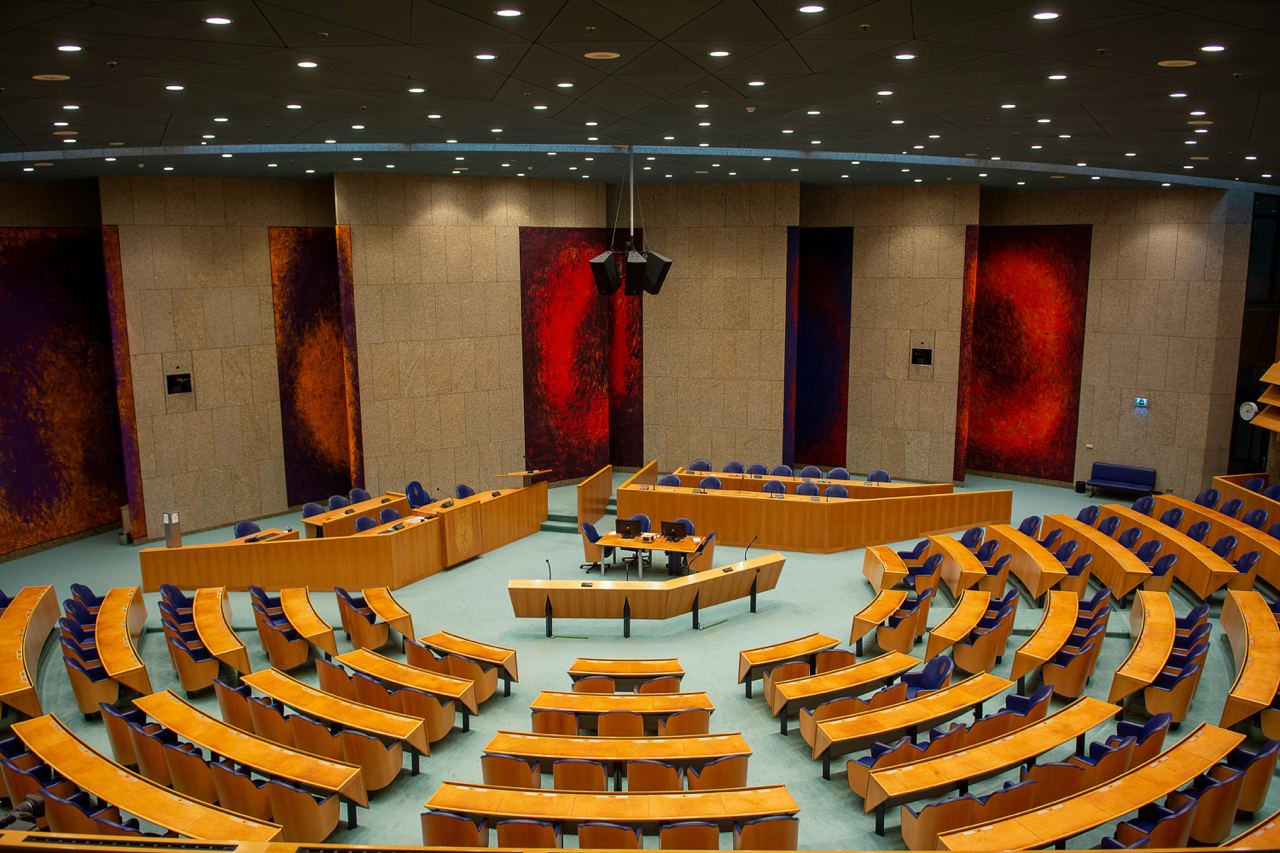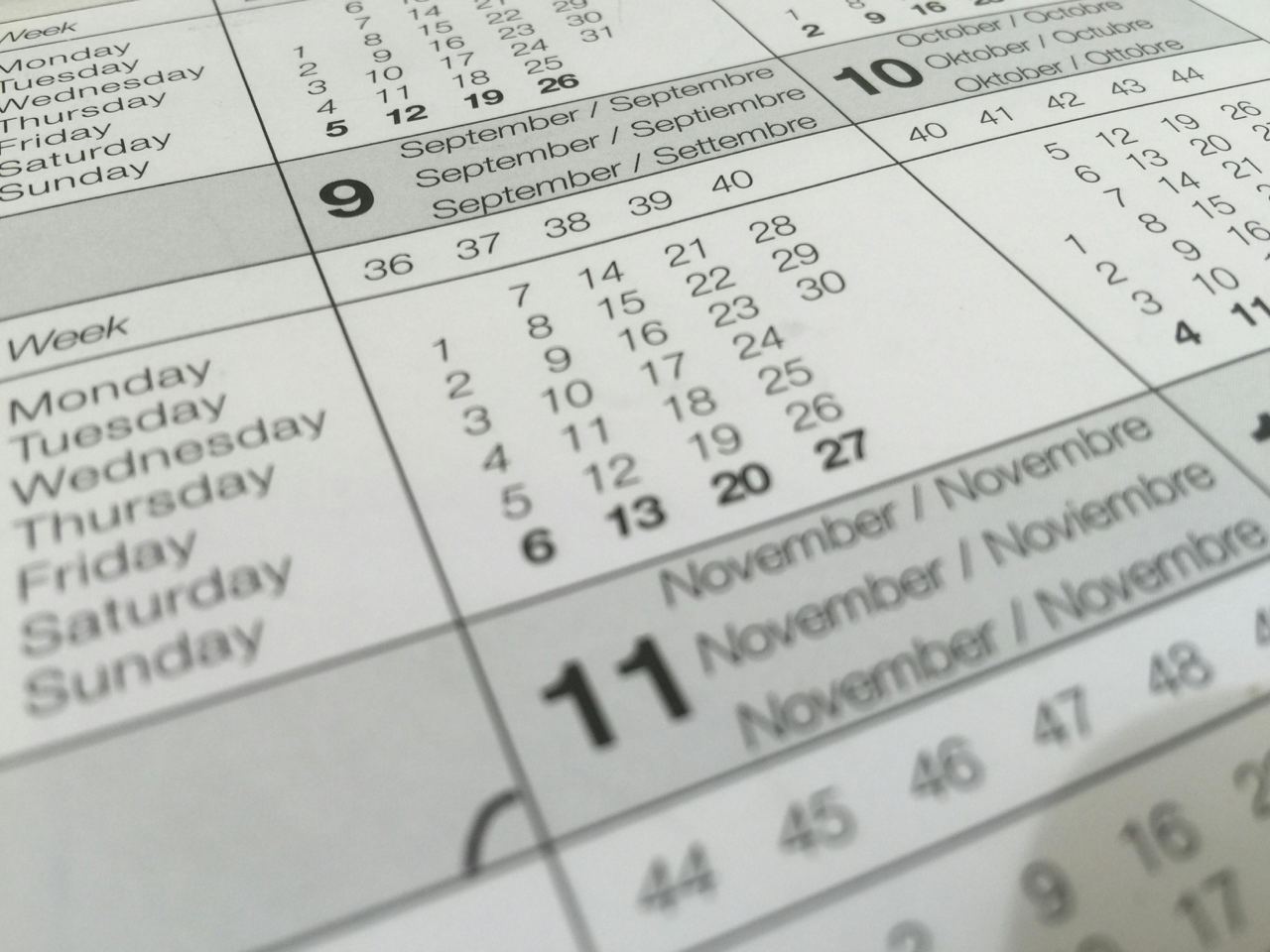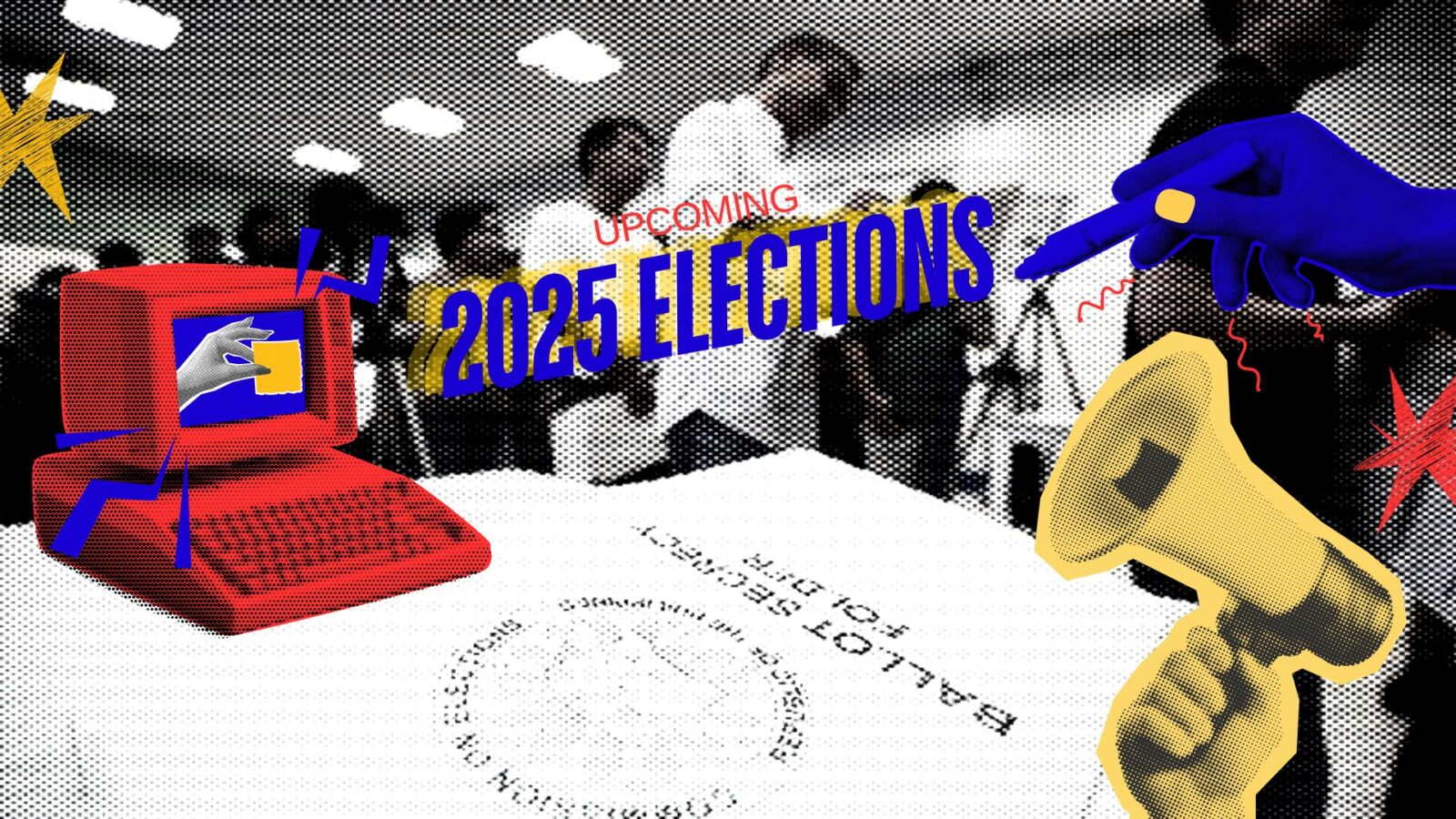Things are going into high gear with the upcoming 2025 midterm elections—and we should all be prepared. Here are a few things to know before you cast your vote in May.
Related: Don’t Skip The Vote: From Registration To The Election, This Is Why You Shouldn’t Ignore Your Impact
On May 12, 2025, polls across the nation will open once again as the Filipino people elect new government officials to take seats of power—are we ready?
Our last set of elections happened in 2022—and we all know how that went. As we get our next chance to bring about major change in Congress and local administrative governments, we come into these midterm (as in, midway through the term of President Bongbong Marcos) elections hopefully armed with wisdom and strong principles.
Set to bring about change in policy, legislation, and possibly, controversially, even the Constitution, these midterm elections have some high stakes. Be a wise voter and make use of all your possible resources to make sure you’re giving power to those who are likely to use it wisely. Beforehand, though, here are a few things to know about the upcoming 2025 general elections.
PREVIOUS ELECTION STATS

Pexels
At the 2022 elections for administrative and legislative positions, voter turnout reached an all-time high with 55.5 million voters. Millennials made up the majority, with 23.9 million voters, while Gen Z voters accounted for about 13 million.
WELCOME TO THE ARENA

Pexels
According to the Commission on Elections (COMELEC), the 2025 midterm elections will see over 5 million voters that applied within the voter registration period—from new voters to reactivated voters to voters changing details in their records. This shows an invigorated population willing and ready to cast their vote and change the game.
Among the projected 68 million voters for the upcoming general elections, about 20 million are said to be Gen Z, a step up from the voter count at the previous general election. Let those voices be heard!
PUTTING THE AI IN CAMPAIGN

Pexels
With the steady, rapid rise of artificial intelligence (AI) and the popularity of its use across all fields and industries, new guidelines have been set in place, particularly for candidate campaigns. Ensuring these guidelines are followed are necessary to prevent and combat misinformation and disinformation—perpetually huge problems in the Philippines.
Aside from registering all their social media and digital platform usage with COMELEC, candidates must ensure transparency when they use AI in their campaign materials, disclosing usage and providing disclaimers. Prohibited acts include usage of AI without following proper guidelines and the creation and dissemination of deepfakes.
Auditing of content must also be monitored and scrutinized so as to prevent the use of “false amplifiers” like bots to propagate misinformation and disinformation.
FILLING THE SEATS

Pexels
Over 18,000 positions across the nation is slated to be filled at next year’s elections. On the national level, 12 of the 24 Senate seats will be filled (the other 12 will complete their six-year term in three years), along with all 317 seats in the House of Representatives (254 for congressional district representatives, 63 party-list representatives).
On the local office level, people will be voting for 82 governors, 82 vice governors, 792 provincial board members. For cities, 149 mayors, 149 vice mayors, and 1,682 city councilors. For municipalities, 1,493 seats are available for mayors, the same number for vice mayors, and 11,948 for councilors.
For the first time, the parliament of the Bangsamoro Autonomous Region in Muslim Mindanao (BARMM) has 80 open seats for 40 party representatives, 32 district representatives, and eight sectoral representatives.
MARK YOUR CALENDARS

Pexels
Though the dates for voter registration and filing for certificates of candidacy have passed, election season still has some dates to remember besides election day (May 12).
The election period lasts from January 12 to June 11, but senatorial and party-list candidates can campaign from February 11 to May 10. Meanwhile, House district candidates and local government candidates’ campaign period ranges from March 28 to May 10.
Overseas voters can vote from April 13 to May 12, and local absentee voters can vote early from April 28 to 30. Every vote counts, so be responsible with the power and opportunity this election grants you. Keep up with election news and updates on the COMELEC website.
Continue Reading: More Than Just Voting: 5 Things You Can Do Before Election Day 2022





